Hyaluronic acid serum (HA) has recently become very popular due to its impressive ability to reduce fine lines and prevent dryness. Although HA fillers can be injected by a dermatologist, there’s a simpler way to achieve well-hydrated skin. This easy DIY hyaluronic acid serum is quick to prepare and leaves your skin feeling remarkably smooth.
Understanding Hyaluronic Acid
Pure hyaluronic acid occurs naturally in various tissues and fluids within our bodies. Initially discovered in the eyes, it also plays a vital role in lubricating joints such as knees and elbows. Interestingly, HA is also present in the vibrant red comb on a rooster’s head.
It can be applied on the face, taken as a supplement, or injected as a filler. Given its presence in synovial joints like elbows and knees, HA joint injections are available for individuals with joint stiffness.
Some benefits of hyaluronic acid for our bodies include:
- Aids in cell differentiation
- Involved in embryo development
- Helps alleviate inflammation
- Facilitates wound healing
- Acts as a humectant, drawing moisture to the skin to treat dryness
- Enhances skin elasticity
- Reduces the visibility of fine lines
- Firms mature skin
- May possess antioxidant qualities
This article emphasizes the use of HA for skin-related concerns.
Hyaluronic Acid for Acne
Being a naturally produced substance, hyaluronic acid is safe for many skin types. A controlled trial conducted in 2017 demonstrated its effectiveness in reducing sebum production on oily skin. This makes it beneficial for individuals with acne-prone skin and breakouts and aids in diminishing the appearance of acne scars.
Mature and Sensitive Skin
Hyaluronic acid also offers anti-aging benefits by restoring hydration levels and adding volume back to the skin. It functions similarly to collagen but is better absorbed by the skin. HA face serum is gentle enough for those with sensitive skin and enhances overall skin tone. It is a versatile addition to nearly any skincare regimen.
HA draws moisture to the skin, promoting brightness, replenishment, and repair of the skin barrier.
Compatible Compounds with Hyaluronic Acid
HA works harmoniously with several topical skincare ingredients. It combines well with vitamin C, aloe, lactic acid, vitamin B5, or niacinamide. While it can also be used with retinol (synthetic vitamin A), caution is advised as retinol can irritate the skin. A yogurt mask can provide gentle exfoliation thanks to its natural lactic acid content.
You can find HA in formulations such as eye creams, lotions, and other skincare products.
Possible Side Effects of Hyaluronic Acid
Adverse reactions are more common when HA is injected. Topical application generally results in very rare reactions. According to the Cleveland Clinic, it is safe for use during pregnancy and breastfeeding.
Top Hyaluronic Acid Serums
While brands like Neutrogena, Paula’s Choice, Cerave, and L’Oreal Paris may contain ingredients that some prefer to avoid, there are good pre-made alternatives. These hydrating serums are free of dyes and parabens and are filled with beneficial ingredients.
Using Hyaluronic Acid
For optimal results, apply HA to damp skin after cleansing or showering. Follow it up with a light layer of serum or moisturizer. Options include niacinamide face cream or vitamin C serum. Hyaluronic acid is most effective when applied 1-2 times daily.
Different Types of Hyaluronic Acid
The market offers a variety of HA products, making it complex for DIY formulation. Liquid HA isn’t 100% hyaluronic acid since it’s diluted in a water-based ingredient. While this isn’t inherently bad, it complicates determining the correct amount for DIY skincare.
Additionally, HA with a higher molecular weight may not absorb as well. When buying powdered HA from suppliers, you might find different types available. In this recipe, I use sodium hyaluronate in powder form, which is 100% HA and easily absorbed, simplifying safe and effective dilution in DIY products.
DIY Hyaluronic Acid Serum Ingredients
- Hydrosols: Rose, lavender, tea tree, helichrysum, or calendula are excellent options for soothing skin.
- Distilled water: If hydrosols aren’t preferred, distilled water can be used but will have a shorter shelf life without preservatives.
- Jojoba oil: Mimics skin’s sebum and seals in moisture. Can be substituted with other carrier oils like avocado or olive.
- Glycerin: A humectant like HA, helping draw moisture to the skin and maintaining softness.
- Natural preservative: Extends the serum’s shelf life to months. Without it, the serum lasts 1-2 weeks in the fridge.
- Hyaluronic Acid: The main ingredient. I opt for the powdered form over a pre-diluted liquid.
- Essential oils: Lavender is a choice, but tea tree, rose, frankincense, or orange are good alternatives.
Hydrating Hyaluronic Acid Serum DIY
This calming serum attracts moisture for more plump and smooth skin.
Prep Time: 5 mins
Total Time: 5 mins
Yield: 1 ounce
Author: Katie Wells
Instructions:
- Pour 1 tablespoon plus 2 teaspoons of cold water or hydrosol into a small bowl, then evenly sprinkle hyaluronic acid powder on top.
- Mix until well combined, about 1-2 minutes.
- Add the remaining ingredients and stir or whisk until thoroughly blended.
- Transfer the serum to a 1-ounce jar.
Storage and Shelf Life: Store in a cool, dark location away from direct sunlight and heat. With preservatives, the serum can last several months; without, it lasts 1-2 weeks in the fridge.
To use: Apply 1-2 times daily to damp skin post-cleansing and pre-moisturizing. Shake well before use.
Container Note: Given its thick consistency, storing the serum in a jar is advisable, taking care to apply with clean hands to avoid contamination.
What ingredients do you prefer using in your skincare routine? Share your thoughts!



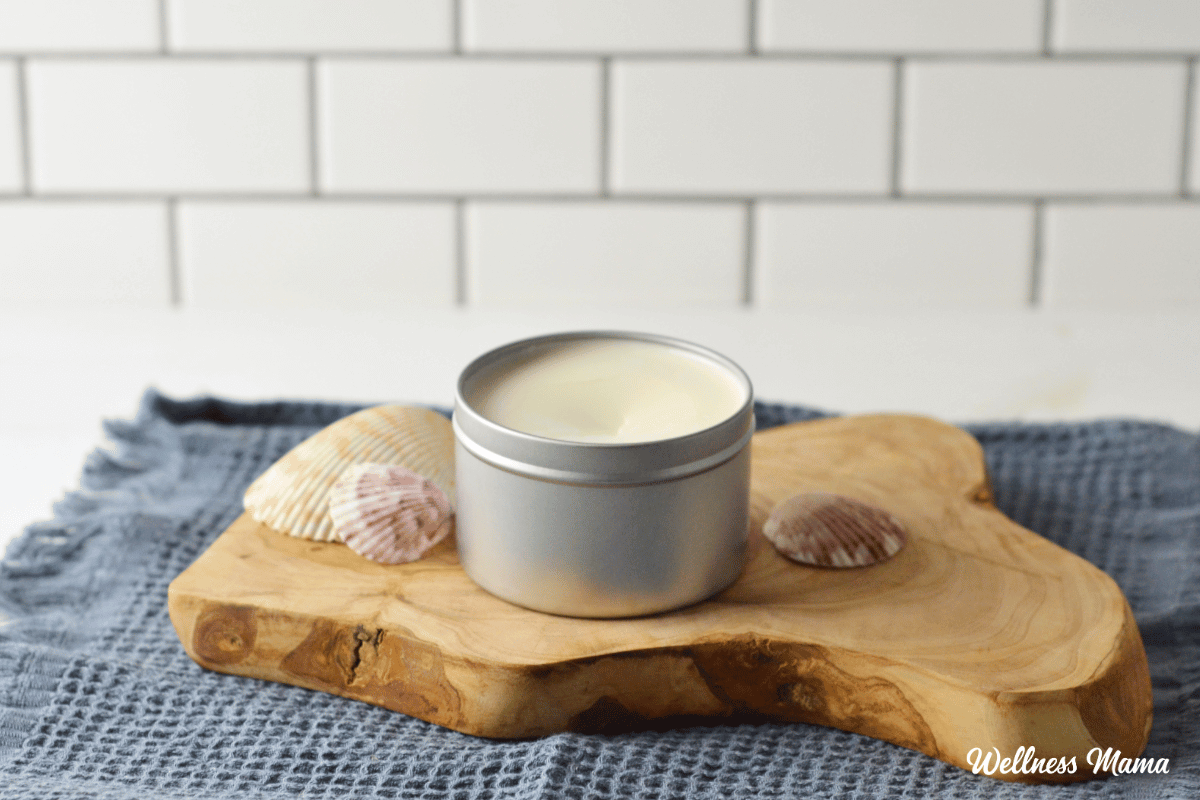
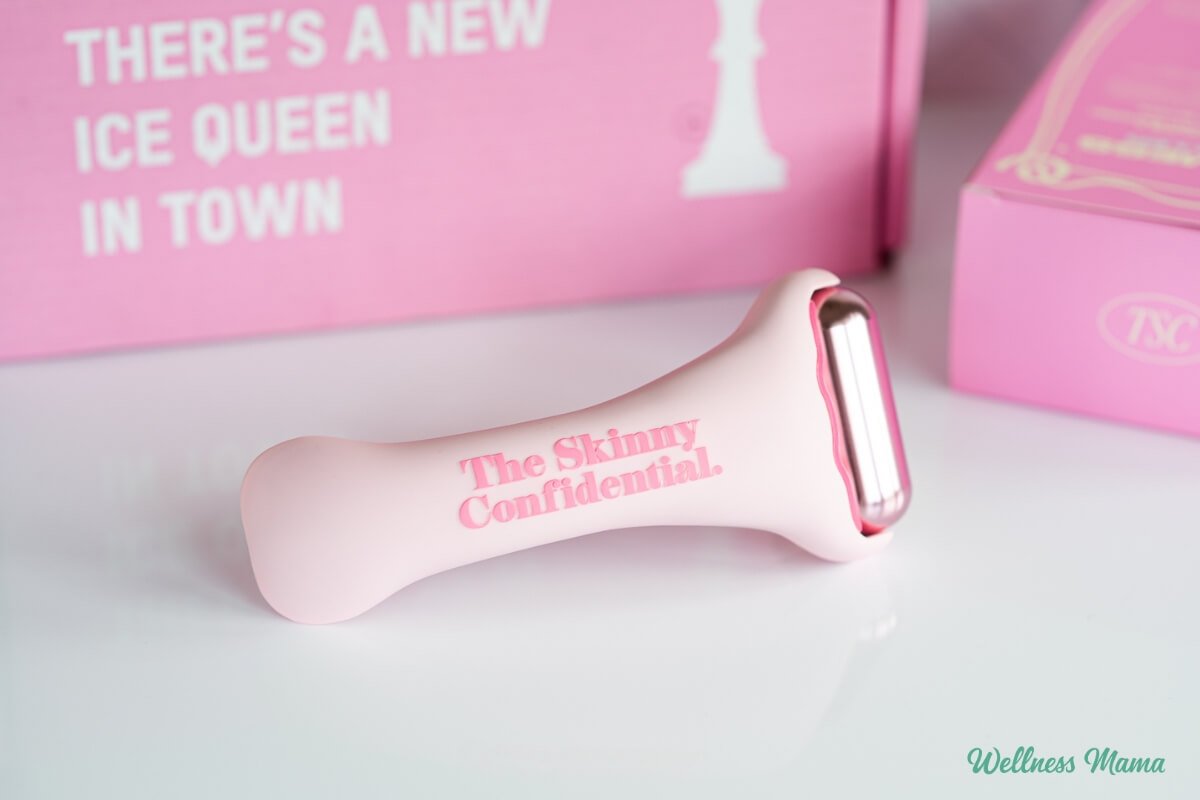
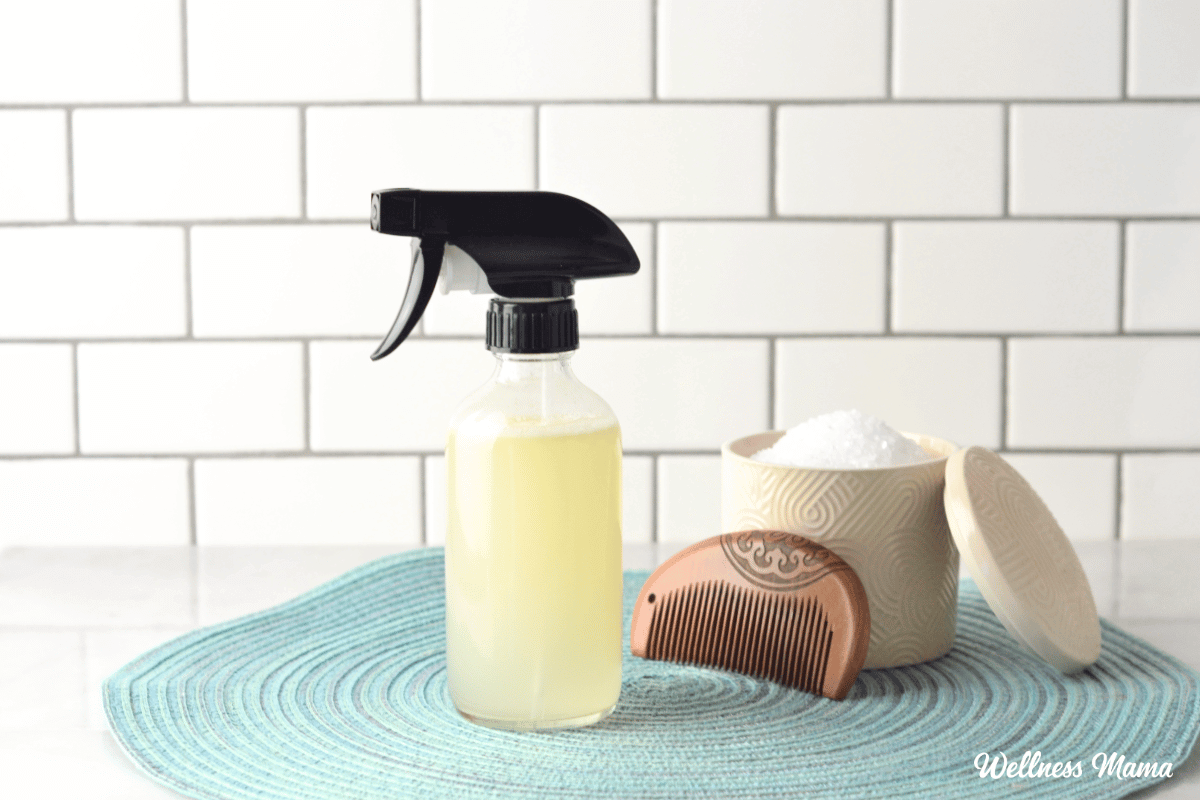
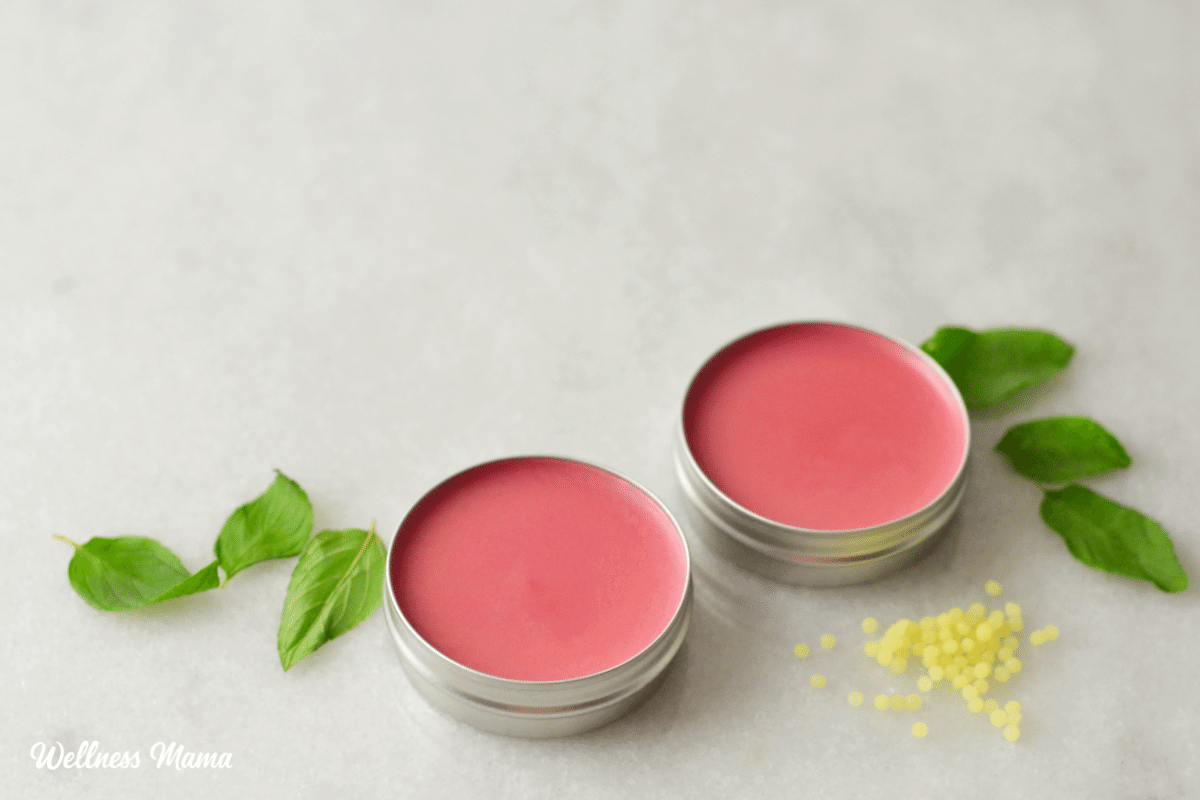
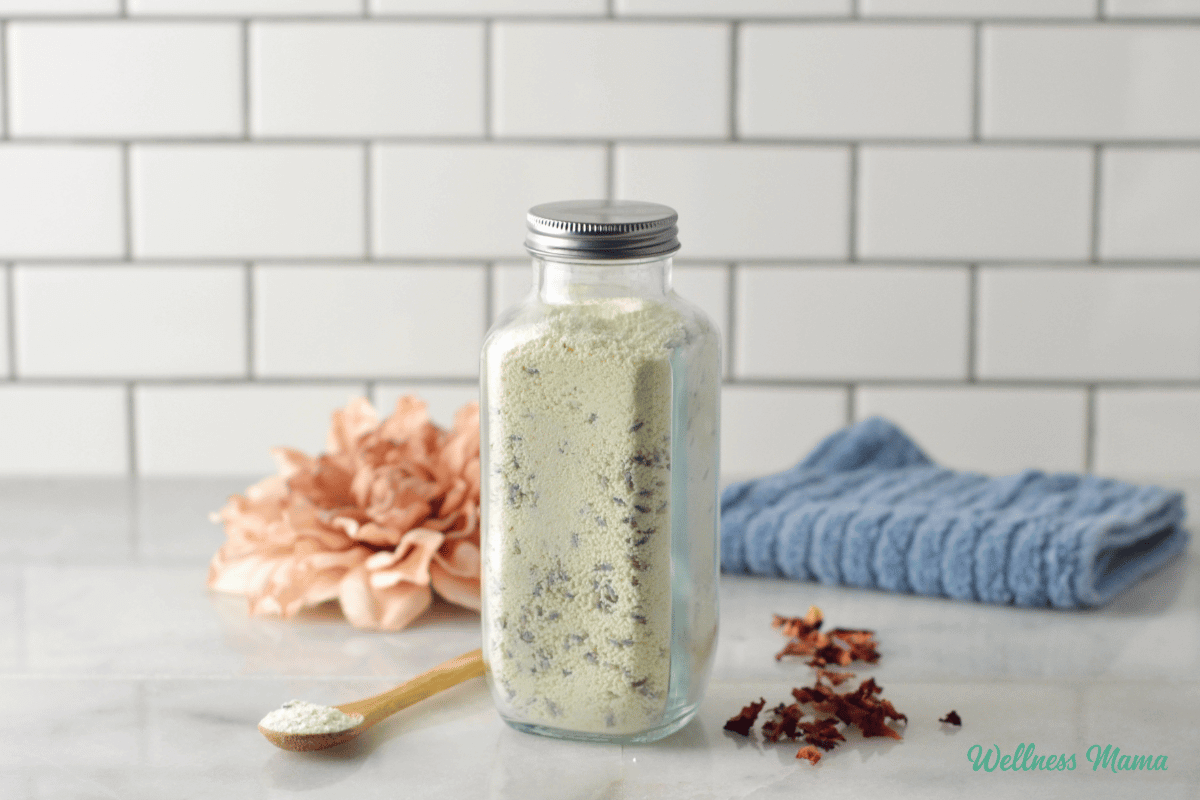

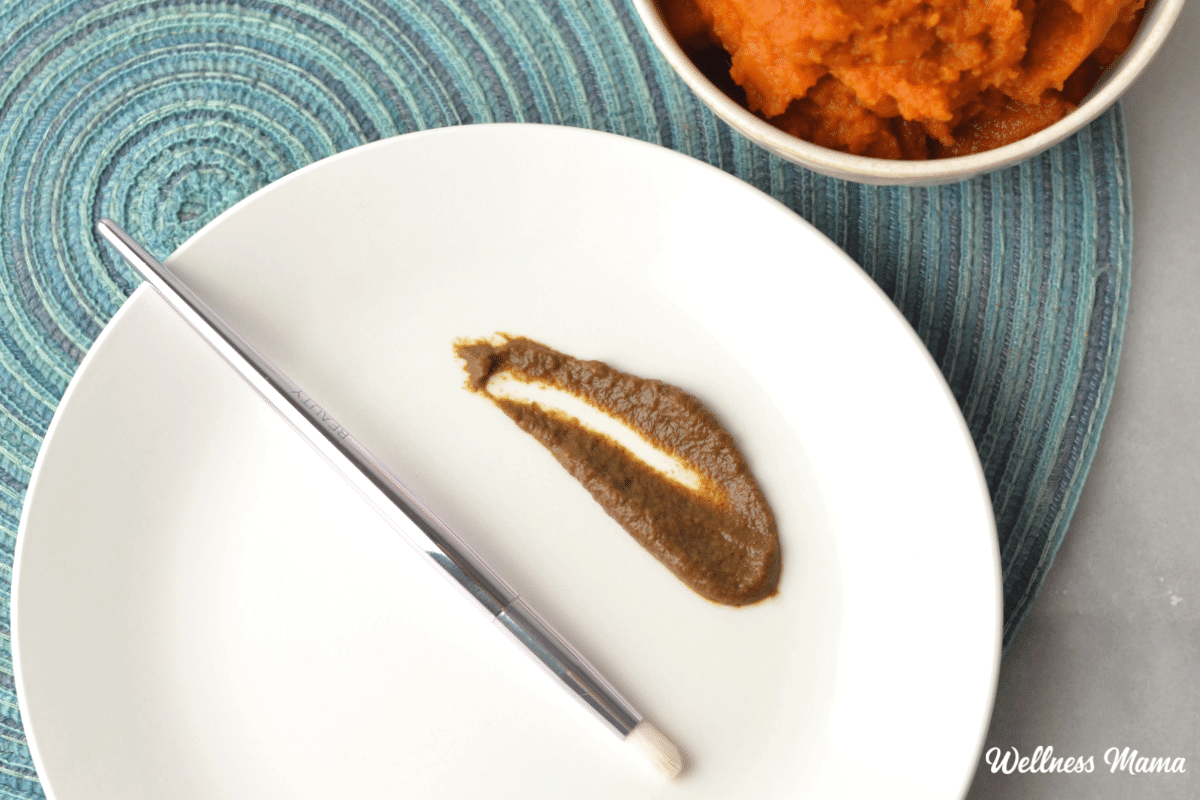


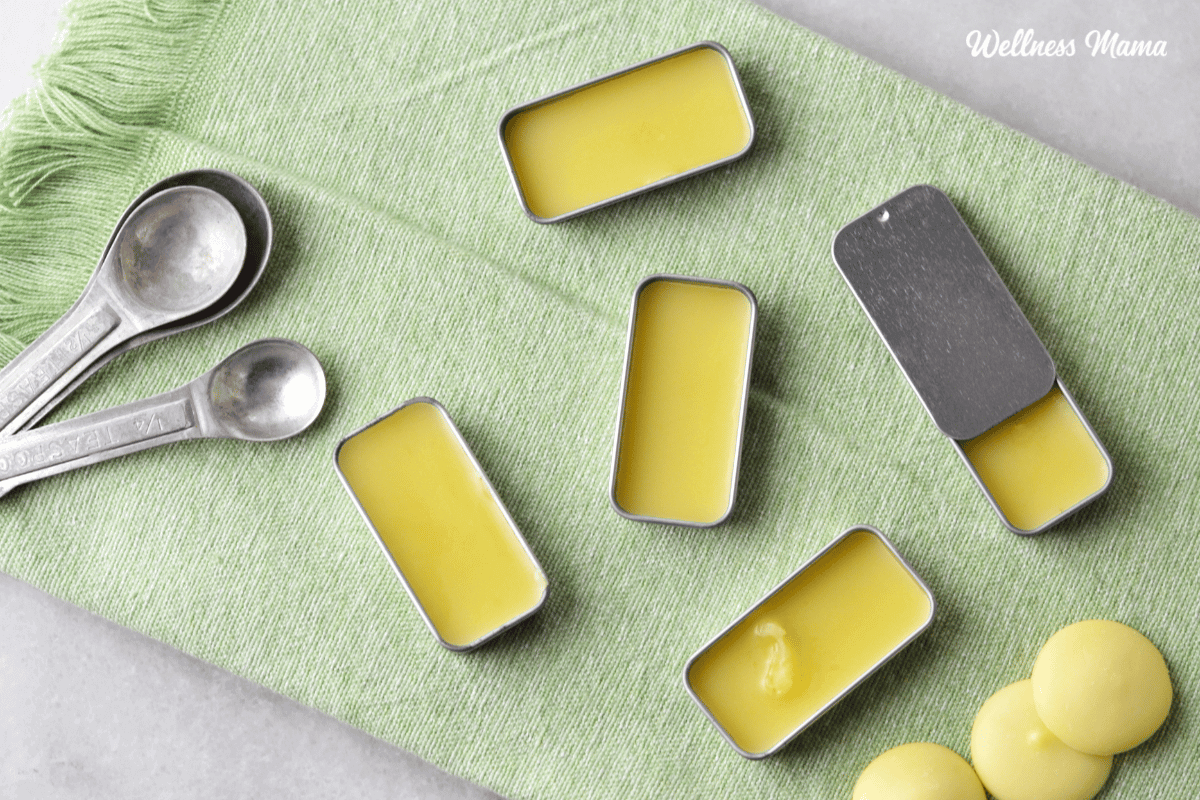

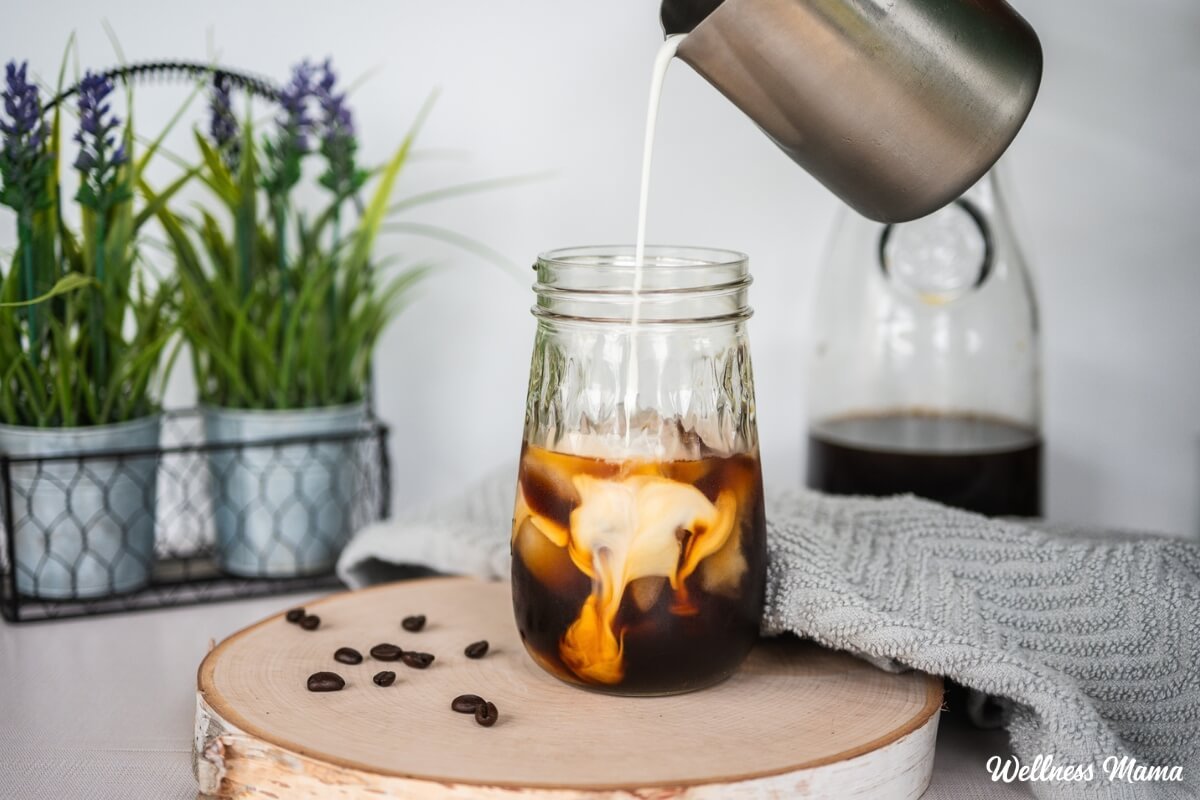
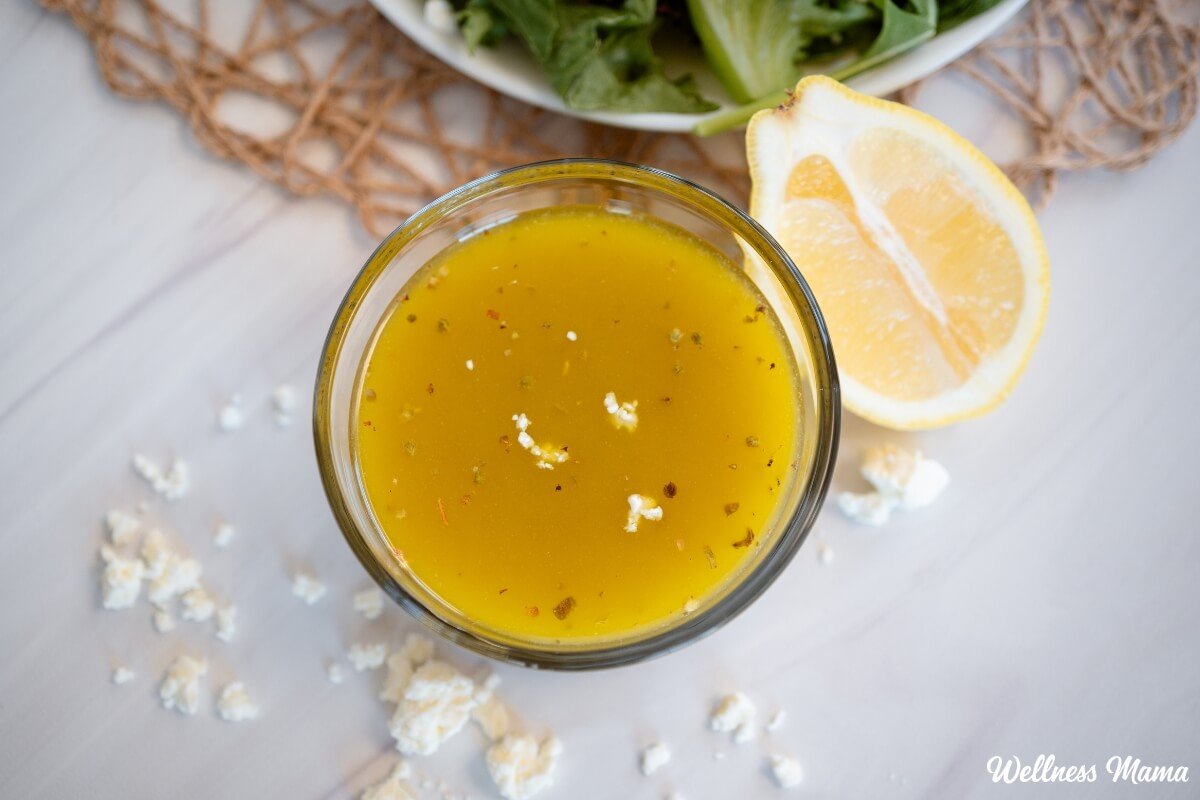
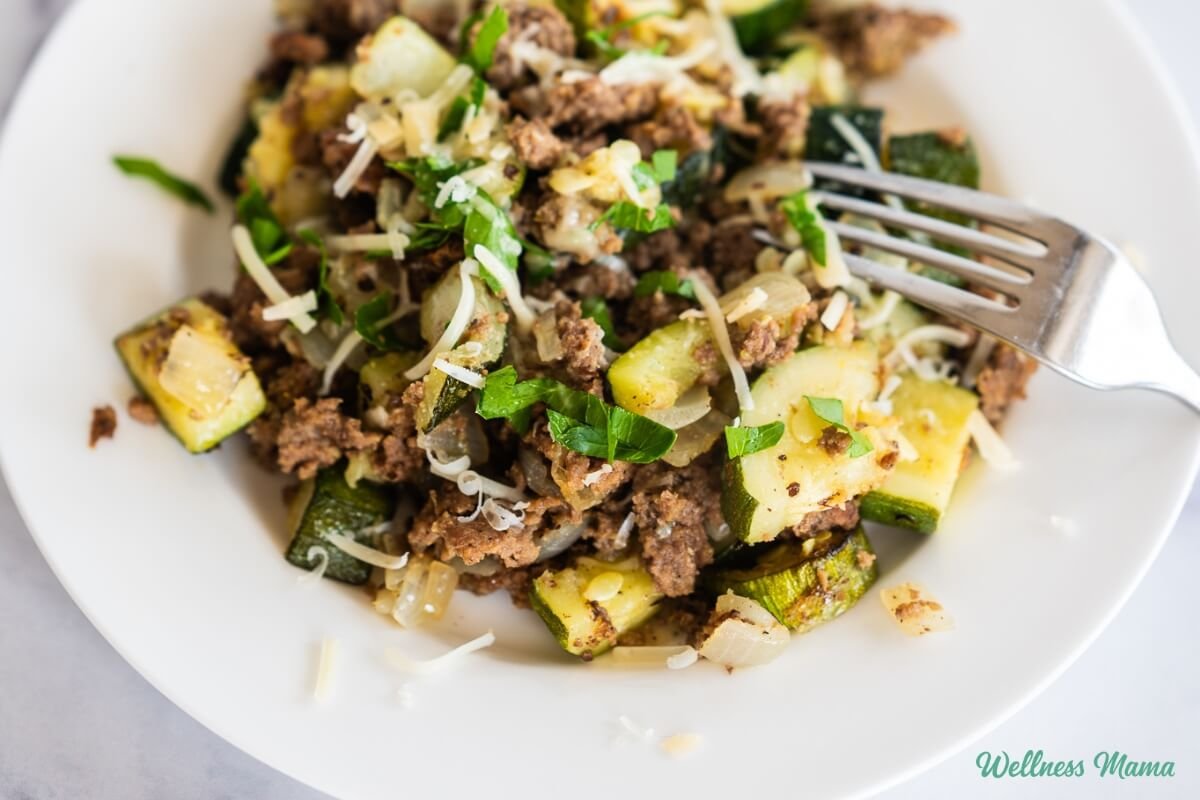
Leave a Reply